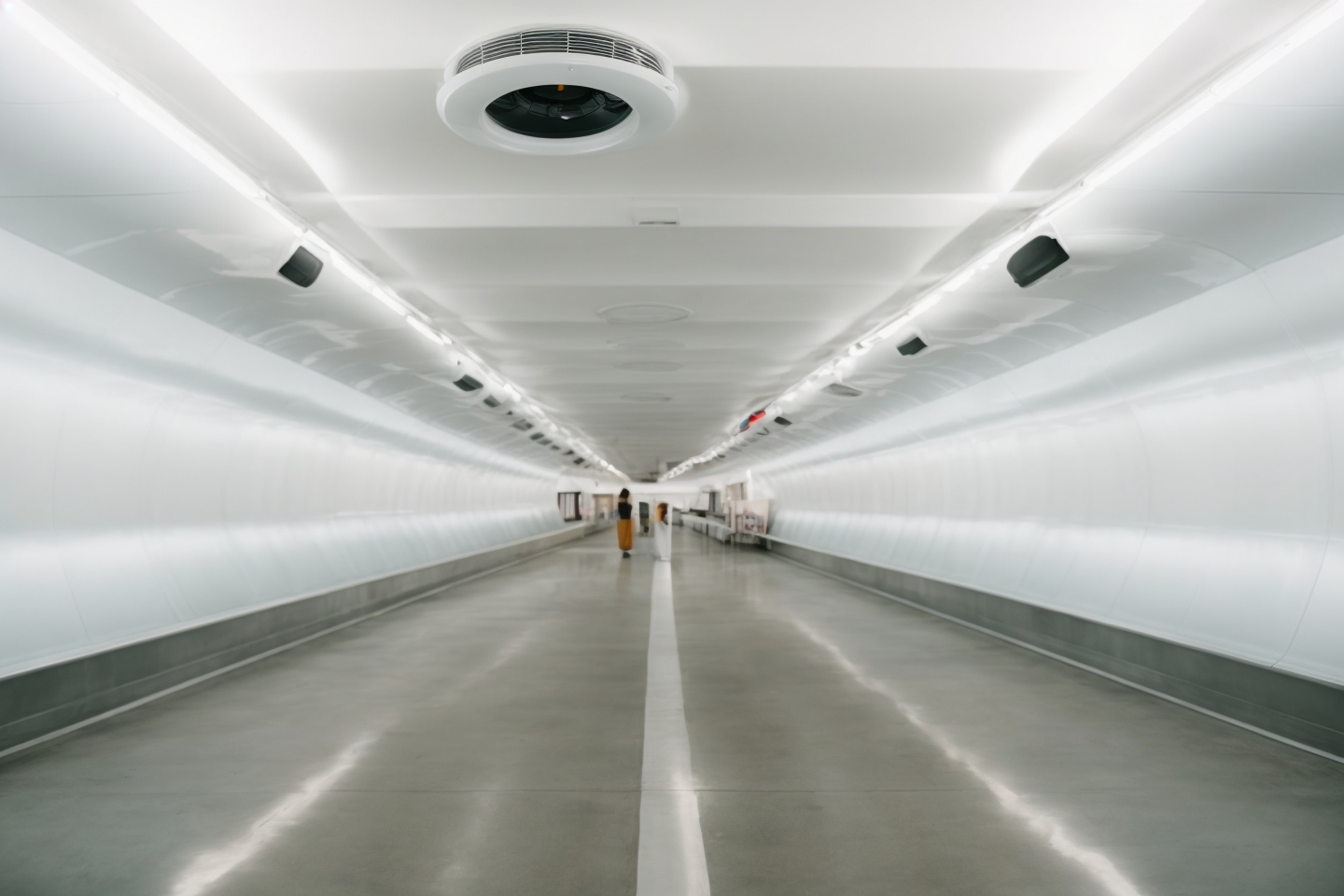MEP or mechanical, electrical, and plumbing-related systems have grown into being some of the largest patrons in rising construction costs.

Parking facilities, particularly underground ones, serve as essential components of urban infrastructure. Whether in bustling city centers, commercial districts, or residential areas, these facilities ensure efficient vehicle storage and access. However, they also present unique challenges, especially when it comes to ventilation. In this comprehensive guide, we’ll explore sustainable solutions for underground parking ventilation. We’ll delve into the intricacies of MEP (Mechanical, Electrical, and Plumbing) engineering, focusing on ventilation design and innovative approaches that enhance safety, air quality, and sustainability.
Underground parking areas are typically enclosed spaces with limited access to fresh outdoor air. As a result, they are prone to poor air quality due to the accumulation of pollutants such as carbon monoxide (CO), nitrogen dioxide (NO2), and particulate matter. These contaminants can have adverse effects on both human health and the structural integrity of the facility.
Proper ventilation is crucial for fire safety in underground parking structures. In the event of a fire, efficient ventilation systems can help remove smoke, heat, and toxic gases, facilitating safe evacuation and firefighting efforts.
With the increasing adoption of electric vehicles (EVs) and the ongoing efforts to reduce emissions from internal combustion engines, ventilation systems must adapt to address evolving pollutant sources. Efficient ventilation can help disperse emissions and minimize their impact.
Effective underground parking ventilation systems require thorough MEP engineering, covering mechanical, electrical, and plumbing aspects. This includes designing systems for air distribution, exhaust, fire protection, and electrical controls.
Sustainable parking ventilation solutions prioritize energy efficiency. This not only reduces operational costs but also aligns with broader environmental goals. Energy-efficient systems include features like demand-controlled ventilation, variable frequency drives (VFDs), and efficient lighting.
MEP engineers ensure that ventilation systems meet safety standards and codes, particularly concerning fire protection and smoke control. These measures are vital for the safety of both occupants and first responders.
DCV systems use sensors to monitor air quality and vehicle activity. When pollutants or vehicle movements increase, the system ramps up ventilation. During periods of low activity, it reduces the ventilation rate to conserve energy.
CO monitoring is a crucial safety feature. Sensors detect elevated CO levels and activate the ventilation system to quickly disperse the gas, preventing health hazards.
Ductless ventilation systems, often used in retrofit projects, are cost-effective solutions. They utilize carbon and odor filters to clean and recirculate air, reducing the need for extensive ductwork.
Incorporating natural ventilation into the design can reduce energy consumption. It utilizes passive ventilation techniques, such as vents and openings, to promote airflow without relying solely on mechanical systems.
Using low-VOC (volatile organic compound) materials and finishes helps maintain good indoor air quality. These materials emit fewer harmful chemicals into the air.
Underground parking facilities can contribute to a building’s Leadership in Energy and Environmental Design (LEED) certification. Sustainable ventilation systems, energy efficiency, and air quality improvements are key factors in achieving LEED credits.
The WELL Building Standard focuses on occupant health and well-being. Proper ventilation and air quality management are central to this certification, making sustainable parking ventilation systems highly valuable.
Many local building codes and jurisdictions offer incentives for sustainable building practices. Complying with these codes and taking advantage of incentives can enhance the cost-effectiveness of sustainable parking ventilation solutions.
Sustainable ventilation systems require regular maintenance and monitoring to ensure they operate efficiently. This includes filter replacements, sensor calibrations, and system inspections.
Installing occupancy sensors for lighting and ventilation control ensures that systems operate only when needed, reducing energy consumption.
Engaging with sustainability experts and MEP engineers with experience in green building practices can provide valuable insights into the most suitable solutions for your specific parking facility.
Sustainable solutions for underground parking ventilation are integral to improving air quality, enhancing fire safety, and reducing the environmental impact of these facilities. A holistic approach that combines MEP engineering expertise, innovative ventilation design, and a commitment to sustainability is key to achieving these goals. By adhering to green building standards and local codes, facility owners and developers can contribute to a healthier, more environmentally responsible urban environment. Sustainable parking ventilation is more than a design choice; it’s a step toward creating safer, cleaner, and more efficient underground parking spaces for the future.
About Author
InnoDez